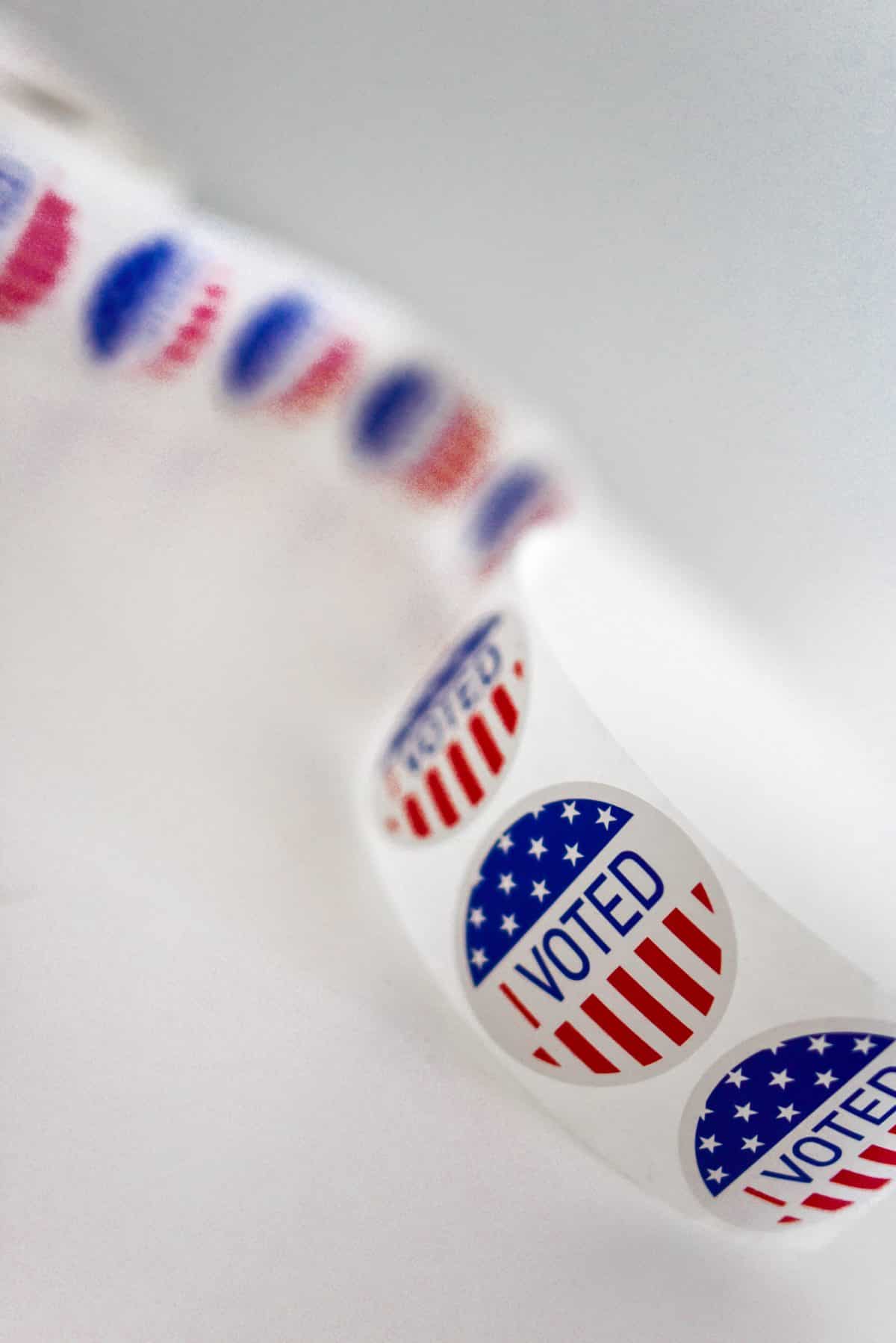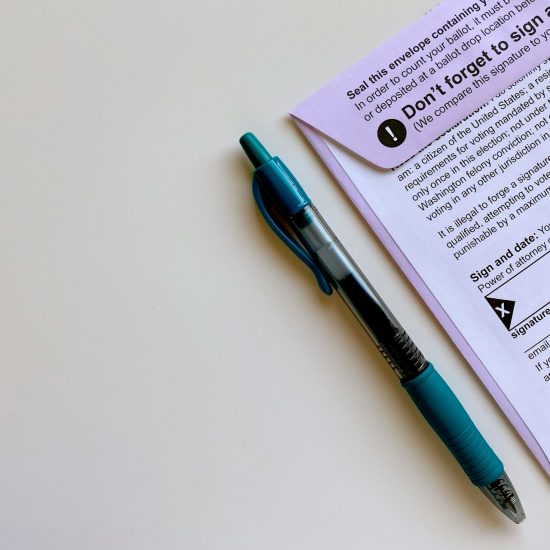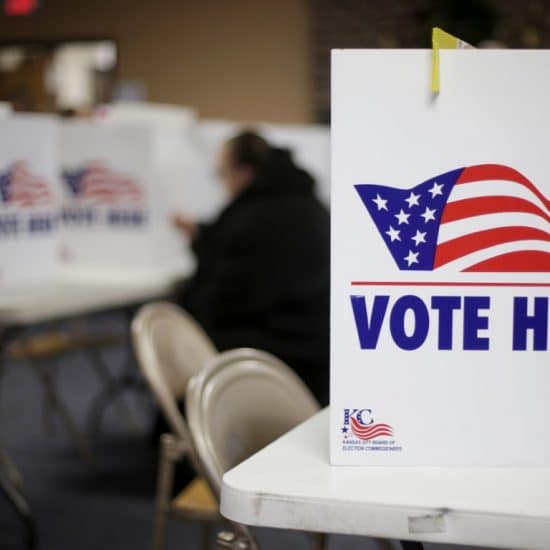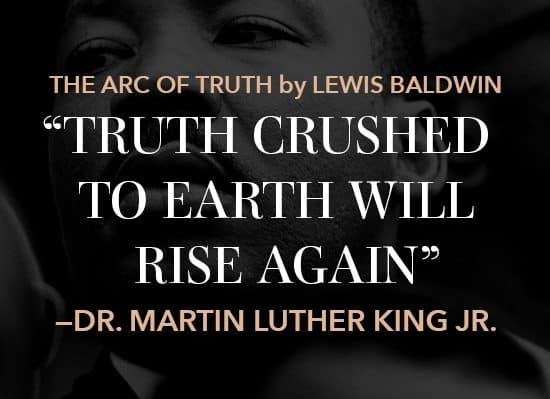
According to media and pollsters alike, there’s not a great deal of indecision about voting preference in this year’s presidential election. Perhaps you fall into that increasingly shrinking gap. Regardless, there are other races and ballot initiatives on November 3 to consider as well. Voting instructions, locations, and a voting registration check can be found at Vote.org.

Ken Satterfield
Handy online tools can allow you to make an informed decision, analyze the news and your social media, and find out where a candidate’s support comes from:
If you would like to compare your views with the candidates, there are matching sites to compare your priorities with their positions. Of the ones I tested, VotingSmarter seemed to be the best in rating all of the presidential candidates, in addition to House and Senate candidates.
Sample ballots can be found at Ballotpedia.org based on your address. Click the arrow next to November 3 for a list of your races and ballot measures. The latter includes more information about each initiative’s impact, support and opposition. For elections, candidates’ responses are included with profiles, recent news, polling information, and endorsements. The presidential race allows a deeper dive for information: fundraising, staff, ads, Twitter feeds, and PredictIt markets.
Was your ballot counted? Every state — and sometimes county — has a different way to check; find a round-up provided by CNET.
It’s also helpful to judge a candidate’s priorities by who is funding their campaigns. You can find this at two sites, FollowTheMoney.org and OpenSecrets.org. Of the two, OpenSecrets provides candidates supports by donors and industries, with information about the influence of political action committees (PACs) and dark money.
If your goal is just to be nosey, the Federal Election Commission can help! Among their election tools is one allowing you to search for individual campaign donations. And if you just want to see what people are searching for, Google has a page related to election-based search.
 There are sites that pull together various tools. AllSides.com has an election resource center including coverage not only from the left and right, but the middle as well. The site allows you see how all three perspectives are covering the news – which may be a surprise if you have stayed within your news silo – and to read the presidential candidates’ views on a variety of topics.
There are sites that pull together various tools. AllSides.com has an election resource center including coverage not only from the left and right, but the middle as well. The site allows you see how all three perspectives are covering the news – which may be a surprise if you have stayed within your news silo – and to read the presidential candidates’ views on a variety of topics.
There’s not only bias in news, but polling numbers as well. Which are more trustworthy? The statistical site FiveThirtyEight.com has a pollster grading page and how much polling organization results lean left or right.
Recently a friend reacted on Facebook to a questionable news article asking, even though it seemed like it might not be true, why news outlets were no reporting on it. Probably that question would be different if such an article was about them.
It is a reminder that we need to be discerning with both what we believe and pass along, for both our witness and our credibility. In addition to a fact checker at AllSides, two other recommended sites are PolitiFact.com and FactCheck.org. Similarly, VoteSmart.org and their mobile app OnPoint gives facts on individual politicians.
This year has introduced a new concern in the amount of disinformation being distributed to suppress voting, reported on by NPR. This includes everything from the usual pranks and robocalls (“your party should wait to vote until Nov. 4”) to foreign interference. The U.S. Department of Homeland Security’s Cybersecurity and Infrastructure Security Agency has a Rumor vs Reality page to help you avoid disinformation campaigns and is using the hashtag #Protect2020.
While the campaigns will be over in only in only a (blessed) week, questions about accuracy, bias, and financial support will continue. Win or lose, sites such as these can make you a more informed person and a better citizen.
Ken Satterfield has more than three decades of media and marketing experience for Baptists and is currently a freelancer in Jefferson City, Missouri.






